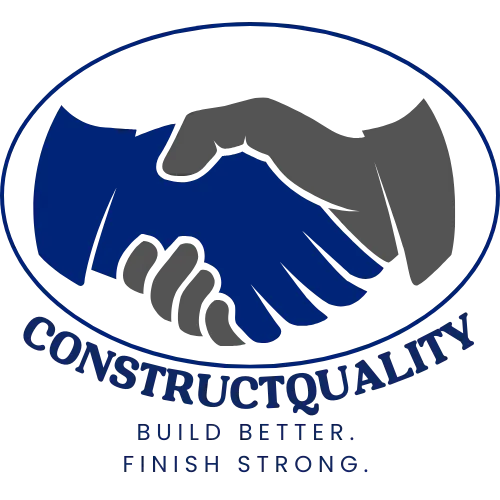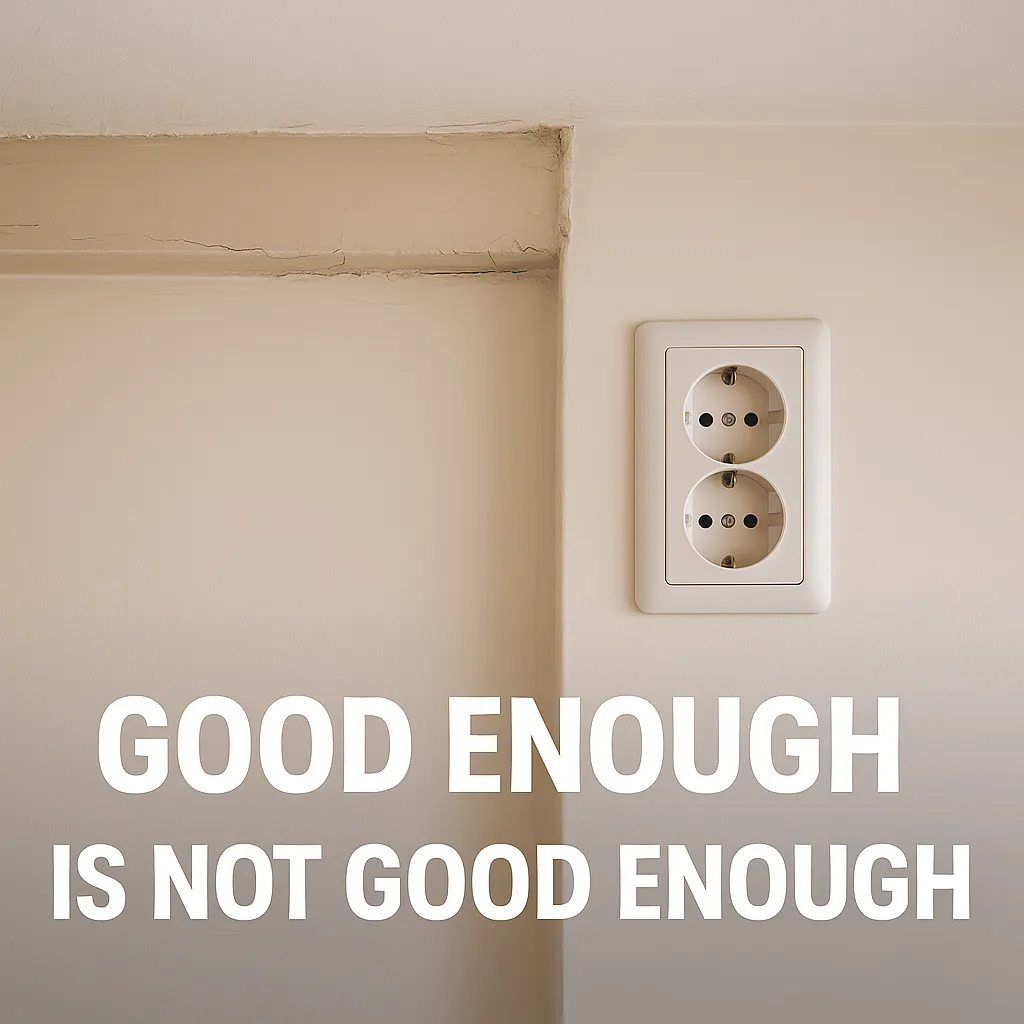Rework is a Profit Killer: How to Detect and Prevent It Before It Happens
Rework is the construction industry’s silent thief. It creeps in unnoticed, drains resources, and eats away at your margins—often without showing up as a clear line item. If you’ve ever watched an otherwise successful project lose profitability, chances are rework played a role. But what exactly causes it, and how can smaller contractors and subcontractors get ahead of it without adding extra complexity to their already chaotic workdays?
This article digs into the root causes of rework, shows you how to spot the early warning signs, and lays out a set of practical, proven strategies that can help your team eliminate rework before it ever starts.
What Rework Actually Costs You
According to a study by the Construction Industry Institute (CII), the average direct cost of rework on construction projects is between 5% and 12% of the total project cost. But when you factor in indirect costs—delays, resource drain, crew downtime, and strained client relationships—the impact is often much greater.
In South Africa, a 2022 report from the Association of South African Quantity Surveyors found that up to 30% of project budget overruns were linked to unplanned rework. In Belgium, a recent VUB (Vrije Universiteit Brussel) study identified lack of coordinated handoffs between trades and incomplete documentation as major causes of rework on mid-sized residential and infrastructure projects.
What Causes Rework? (And How It Hides)
Most rework doesn’t stem from major screw-ups—it comes from small, systemic issues that go unaddressed:
- Incomplete drawings or missing design information
- Poor handoffs between subcontractors
- Verbal instructions with no written follow-up
- Missing measurement checks before critical tasks
- Failure to document minor site changes
Often, the problems only emerge when it's too late. A drywall team starts work before the final MEP sign-off. A waterproofing layer gets applied over concrete that didn’t cure correctly. A foundation gets poured before the final grid lines were verified.
Red Flags: Early Signs That Rework is Brewing
Not all rework is avoidable—but most of it is preventable if you know what to look for:
- Toolbox talks cut short or skipped altogether
- Frequent verbal changes on site (“Just move it slightly…”)
- Repeated issues logged by the same team or trade
- Missing inspection hold points
- Crew members improvising instead of following plans
These aren’t just red flags—they’re invitations for costly rework.
5 Ways to Detect and Prevent Rework
1. Use a Pre-Task Quality Briefing
Before any critical work begins, run a 5-minute quality briefing. Focus on what’s supposed to happen, what must be in place, and what can’t be missed.
Tool: [ConstructQuality’s Pre-Task Briefing Template – coming soon]
2. Create “Last Planner” Boards On-Site
Borrowed from Lean Construction, Last Planner boards help coordinate upcoming tasks by clarifying who does what, when, and in what sequence. This prevents overlapping work and missed dependencies.
Learn more: Lean Construction Institute
3. Enforce Hold Points on Critical Inspections
Don’t pour, cover, or close up without verification. Create clear inspection hold points—ideally signed off by both quality and the responsible foreman.
4. Use Simple Process Maps
Visual maps help crews follow consistent steps. A subcontractor who knows the sequence—prep, measure, install, inspect—makes fewer mistakes than one relying on memory or guesswork.
Tool: Try Sensus Process Modeler for visual SOPs.
5. Track and Learn from Your Mistakes
Use a simple rework register. For each instance, log what happened, what it cost, and what can be done next time to avoid it. If you track nothing, you’ll improve nothing.
Final Thoughts
Rework will never disappear entirely—but that doesn’t mean you have to accept it as part of the job. Small shifts in planning, accountability, and communication can drastically reduce how often it hits your site—and your wallet.
At ConstructQuality, we help builders design better processes that prevent quality errors before they start. Want help building your rework prevention system? Reach out to us at [email protected] and let’s build smarter.







